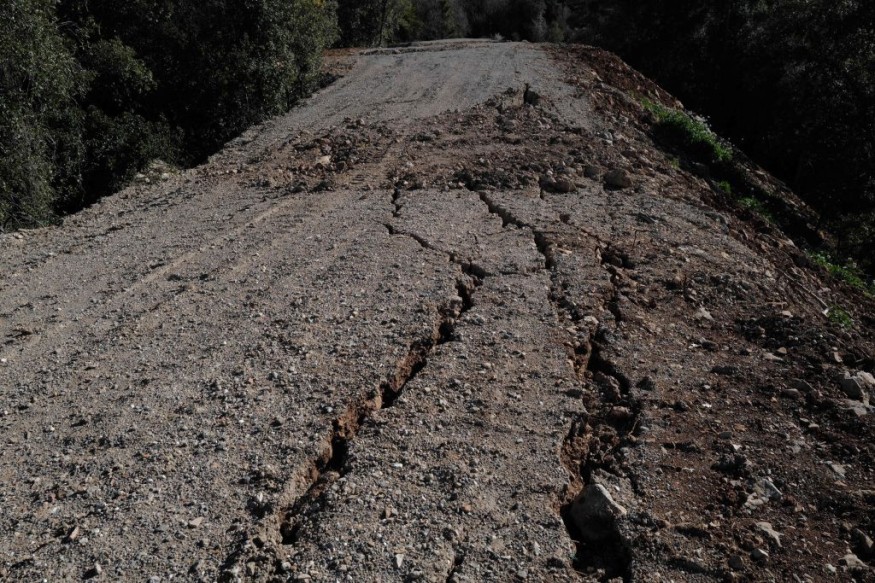According to the University of Utah's Seismograph Stations, an earthquake rocked Wyoming on Wednesday morning near Yellowstone National Park. There were no casualties or damage reported.
Recent Shakes

Just after 7:30 a.m., a 4.2 magnitude earthquake struck. The depth was 8.7 miles, according to the University of Utah.
According to the United States, "The Yellowstone region is one of the most seismically active locations in the United States," according to the Geological Survey, with an average of 1,500 to 2,500 earthquakes per year, the majority of which are too tiny for humans to detect - 99 percent are below magnitude 2.
On the other hand, the USGS has roughly 50 seismographs scattered across the park that capture and measure earthquakes.
The park sits atop a "supervolcano," which has the potential to erupt in a massive eruption. According to the National Park Service, the volcano has only experienced three big eruptions in the last 2.1 million years.
According to the National Park Service, the initial eruption blew ash as far as Missouri and ejected 6,000 times the volume of debris ejected from Mt. St. Helens' 1980 eruption. The last significant eruption took place 631,000 years ago.
Earthquakes

An earthquake (also called a quake, tremor, or temblor) is the shaking of the Earth's surface caused by a sudden release of energy in the lithosphere, which results in seismic waves. Earthquakes can range in size from those so small that they are barely felt to those powerful enough to throw things and people into the air and destroy entire towns. The number, nature, and size of earthquakes experienced in a given area are called seismicity or seismic activity. The non-earthquake seismic rumbling is also referred to as a tremor.
An earthquake's vibrations can cause ground displacement and surface rupture. Other risks, as well as damage to roads and buildings, may result from the surface breach. The surface rupture, in this case, resulted in huge fissures and the collapse of a paved road. This could result in injuries, death, or make it difficult for people to get home or work.
A strong earthquake can cause practically everything within your home to tremble and shift. According to a UCLA research, most injuries from the devastating 1994 Northridge earthquake were caused by heavy furniture and household goods falling on people.
Impacts
Earthquakes cause shaking and displacing or disruption of the ground at the Earth's surface. The seabed may be shifted enough to generate a tsunami when the epicenter of a big earthquake is located offshore. Earthquakes can trigger landslides and, on rare occasions, volcanic activity.
Evaluate the safety of your home to prepare for the next earthquake. After creating your earthquake safety kit and acquiring vital supplies, your home safety review should be high on your earthquake preparation checklist. Being prepared will keep your family safe and prevent injury to your loved ones.
For similar news, don't forget to follow Nature World News!
© 2025 NatureWorldNews.com All rights reserved. Do not reproduce without permission.





